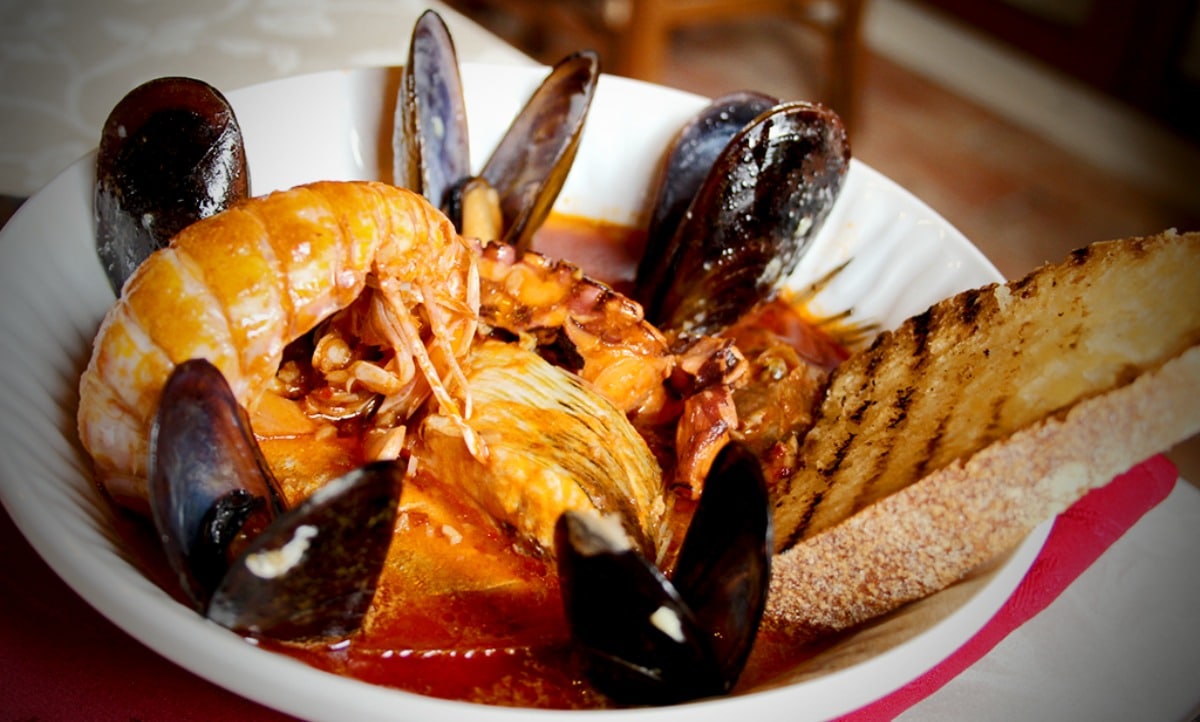There is no such thing as Italian food. The country is made up of twenty regions with distinct characteristics. Every town, every village makes the same dish in vastly different ways, just like they speak different dialects and wear different traditional costumes. Tuscany is arguably most famous for Chianti and extra virgin olive oil, but there are so many other delicacies worth trying. Here are some not to miss Tuscan culinary specialties.
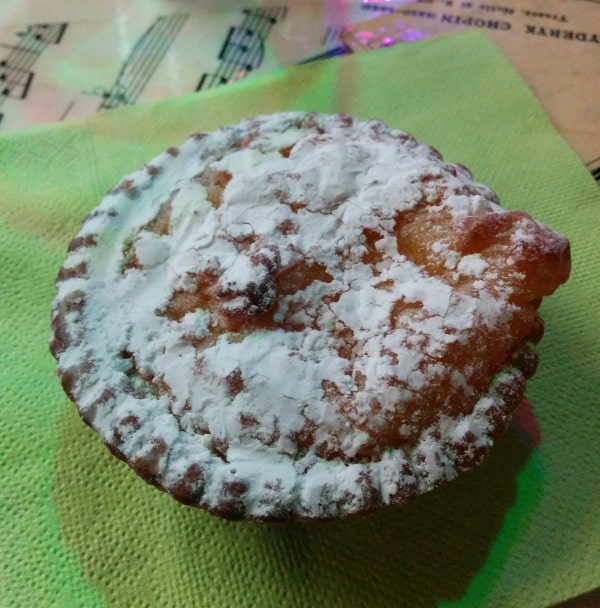
Photo by Wibke Carter
1. Budino di riso
For the sweet tooth, a treat that can be found at many bars or pasticcerie in Tuscany is budino di riso. Perfect for breakfast, dessert, or as an afternoon snack, this soft rice cupcake or vanilla-scented rice pudding is baked in short pastry and topped with sugar icing.
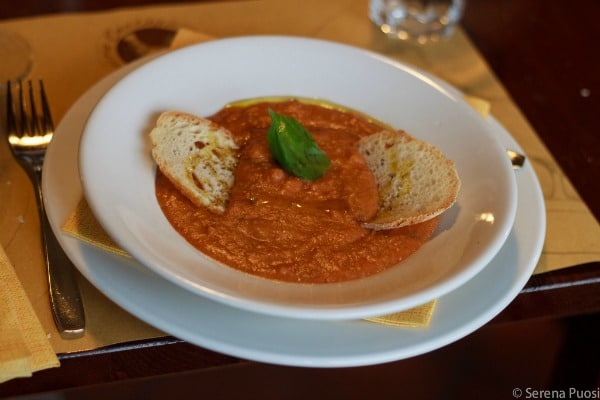
Photo Courtesy of Visit Tuscany
2. Pappa al Pomodoro
Probably one of the better known Tuscan dishes, this classic thick soup is typically prepared with fresh tomatoes, bread, olive oil, garlic, basil, and various other fresh ingredients. These days it might be made entirely with canned tomatoes, but tastes much better with some sun-ripened fresh ones included.
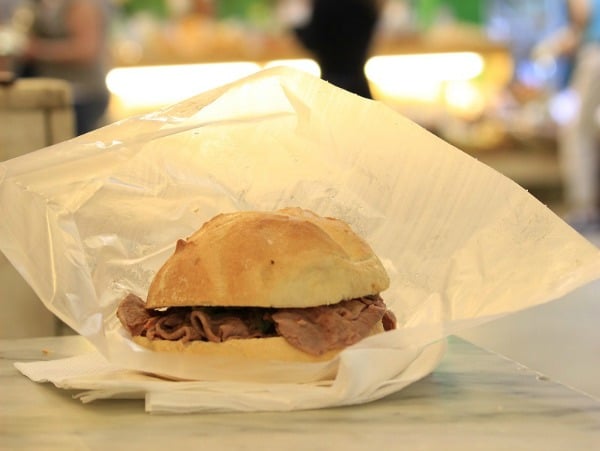
Photo Courtesy of Visit Tuscany
3. Lampredotto
This famous traditional Florentine street food is only for adventurous foodies. Lampredotto is technically the fourth stomach of the cow — boiled in a broth containing herbs and tomatoes, cut into strips, put in a bun and topped with salsa verde and spicy extra virgin olive oil. It’s a peasant’s dish with a long tradition and still sold in the many kiosks (trippai).
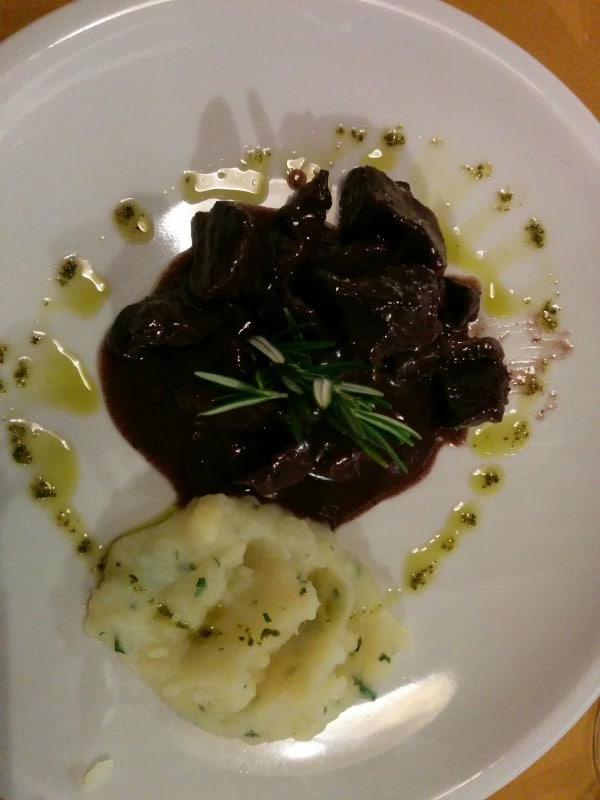
Photo by Wibke Carter
4. Peposo
Tuscan stews are not for the faint hearted or those of meager appetite. Offal, game and large chunks of beef feature prominently, often generously seasoned with black pepper. Peposo is a slow cooked beef stew and its ingredients are few and simple – just marbled meat (slowly cooked to turn out soft and juicy), red wine and black peppercorns.
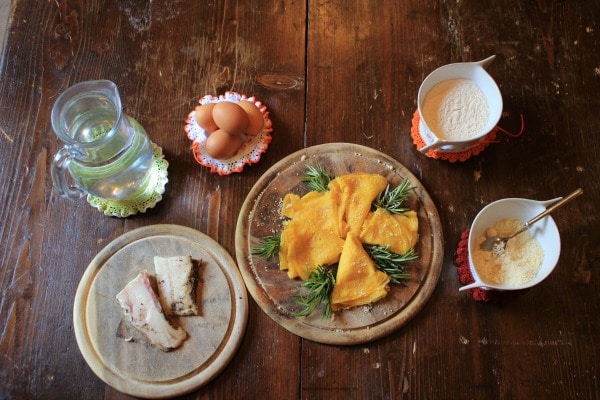
Photo Courtesy of Visit Tuscany
5. Ciaffagnoni
This is the local take on crêpes or pancakes in the area around Manciano and there is even a Festival of the Ciaffagnone every year at the beginning of June in San Casciano. Ciaffagnone is a large water and flour pancake, fried, and either covered with sugar or pecorino cheese.
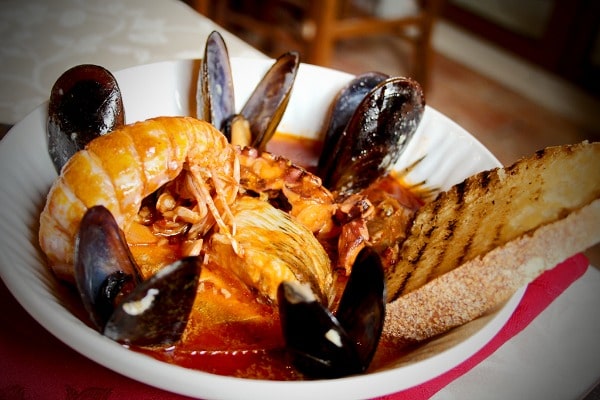
Photo Courtesy of Visit Tuscany
6. Cacciucco
Almost every fish restaurant in the coastal town of Livorno features cacciucco on its menu, but this fish stew from around 1500 has been heavily modified to suit modern tastes. Traditionally, only fish considered “bottom of the boat” (the ones deemed least valuable) were used. The base is octopus, squid, wine, tomatoes, garlic, sage, and dried red chilies. Other fish (some recipes state five different varieties as key ingredients) are added at the end of cooking, before the stew is served over garlic bread.
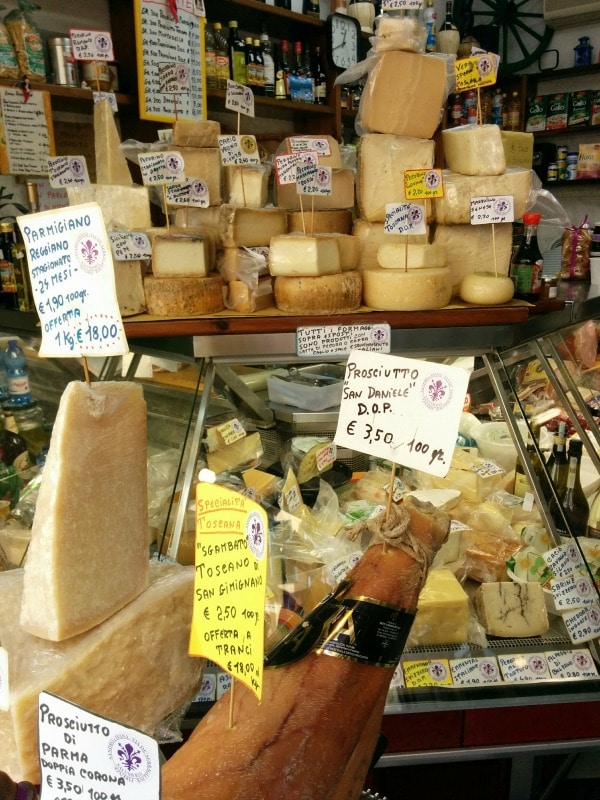
Photo by Wibke Carter
7. Maremmano Cheese
Produced in the Maremma region of southern Tuscany, the “Maremmano” is a fresh raw sheep’s milk pecorino cheese. It has a coating of white mold all over its surface and a soft, white body. The produce matures for about a month resulting in a distinctive, relatively strong flavor for a fresh cheese. Cheeses weigh about 800 grams to a kilo.
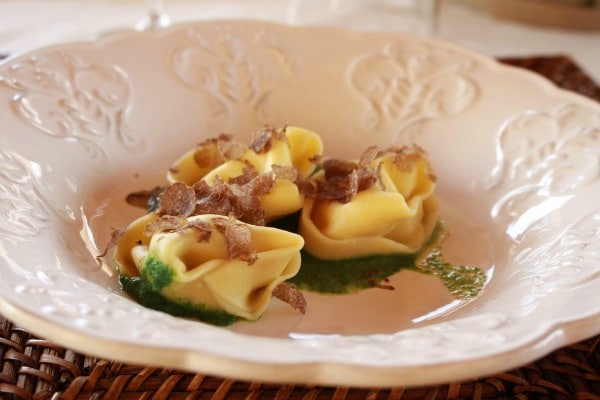
Photo Courtesy of Visit Tuscany
8. San Miniato Truffles
San Miniato is located halfway between Florence and Pisa, and world famous for its white truffle. The annual truffle fair is held in November. The best way to enjoy fresh raw truffles is to shave them onto a hot dish, typically 8-10 grams of truffle per person. Truffles are well suited to creamy textures and work best with eggs, butter and cheese.
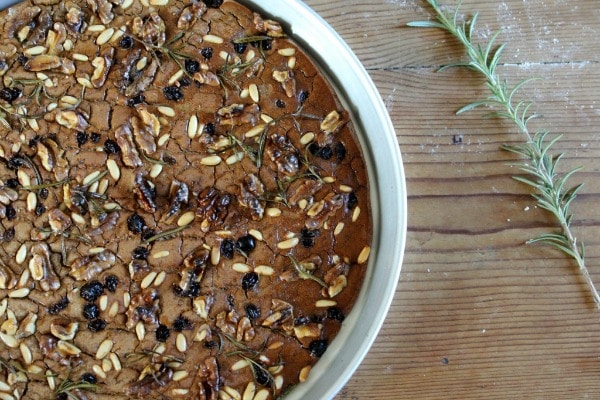
Photo Courtesy of Visit Tuscany
9. Castagnaccio
One of Tuscany’s autumn specialties is castagnaccio, a chestnut flour cake. The traditional version has no sugar and no yeast, and the cake’s sweetness stems from the chestnut flour itself and added raisins. Other ingredients are pine nuts, (sometimes walnuts) and rosemary. Castagnaccio can be found from October until early December when the chestnuts are harvested and available fresh.
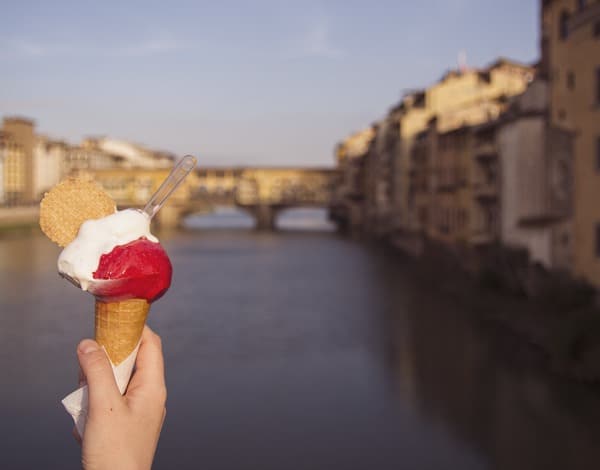
Photo Courtesy of Visit Tuscany
10. Gelato
This cold summer favorite is, of course, not just Tuscan, but popular across all of Bella Italia. However, gelato was born in Florence, first appearing at banquets in the Medici court in the 16th century. Although there’s no official definition, the name refers to a freshly-made product created from just a few natural, raw ingredients, containing no preservatives or artificial flavors or colors. Real artisan makers only produce gelato with seasonal fruits.

